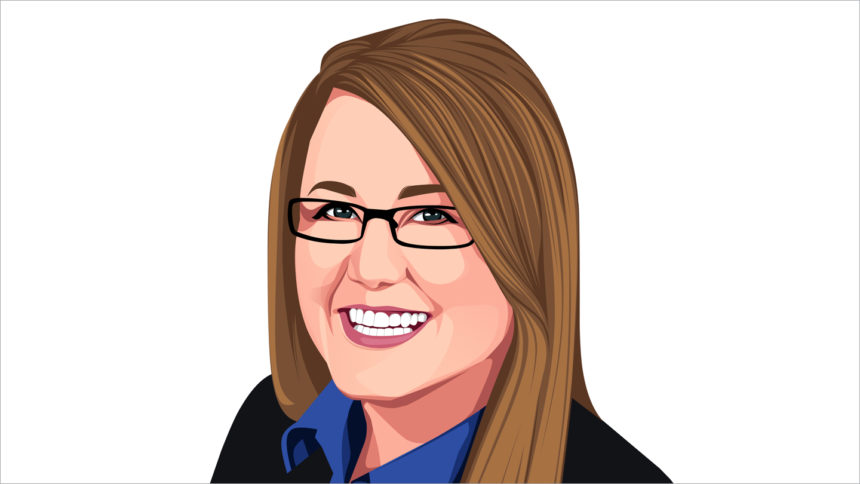
Childless people — particularly “childless cat ladies” — have been in the news this past week due to a 2021 comment by JD Vance that has resurfaced now that the Ohio senator is the Republican nominee for vice president.
Interest in the old remarks comes just as the Pew Research Center — I’m assuming coincidentally — released a new study delving into the reasons some people do not have children, as well as how those decisions have affected their lives.
Politics and pets aside, all of the results are fascinating to me, but the parts that especially caught my eye had to do with the adults without biological or adopted children who were surveyed — all at least 50 years old — and their concerns about their futures.
The survey of 2,500 such people was conducted in April and May.
Thirty-five percent of participants said that they worry “extremely often” or “very often” about whether they will have enough money as they age, and 37% said they “sometimes” have this fear.
Additionally, 26% said they worry extremely or very often about whether they will have someone to provide care for them as they get older, and 42% said they sometimes worry about this issue.
And 19% said they worry extremely or very often about whether they will be lonely as they age, with 37% saying they sometimes have this concern.
Interestingly, 34% of women aged 50 or more years who don’t have children said that they frequently worry about having someone who will provide care for them as they age, whereas only 20% of men answered the same way. No gender differences existed when it came to worrying about having enough money or being lonely.
Financial concerns were more common among adults without children in their 50s and 60s than among those aged 70 or more years. Forty-two percent of those in their 50s, 38% of those in their 60s, and 24% of those in their 70s said they frequently worry about having enough money as they age.
All of those findings about childless adults represent opportunities for senior living providers. People might be able to stretch their savings in part through the availability of affordable senior housing and middle-market senior housing, for instance, and senior living was developed in part as a way to provide services to help older adults as they age and to provide socialization opportunities.
Studies have shown the success of those efforts, so part of the opportunity that exists is in conveying the industry’s own research findings to prospective residents and their families, and more opportunities await for providers to find additional ways to address the public’s needs and concerns.
Such issues will not be going away any time soon. Pew points out that the US fertility rate reached a historic low in 2023, with a growing percentage of women aged 25 to 44 never having given birth. And according to Pew’s own research, the share of US adults aged fewer than 50 years without children who say they are unlikely to ever have children increased 10 percentage points between 2018 and 2023, from 37% to 47%.
You can read all of the survey results — and they are quite extensive! — on the Pew Research Center website.
Lois A. Bowers is the editor of McKnight’s Senior Living. Read her other columns here. Follow her on X (formerly Twitter) at Lois_Bowers.

